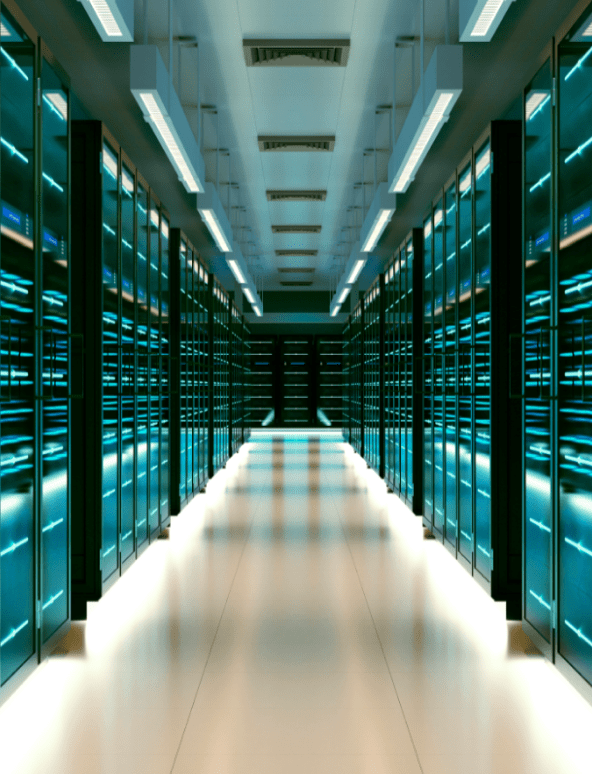Where does Blackstone see the best infrastructure investment opportunities right now?
Greg Blank: We are focused on three key areas. The first is digital infrastructure—the modern economy of data centers, cell towers, and fiber. The second is energy infrastructure, which is everything needed to power the modern economy. The third is transportation infrastructure such as toll roads, airports, and ports. We see a powerful, multi-year trend related to each of these: digitization of the economy, growth in electricity demand, and increase in the movement of people and goods.
